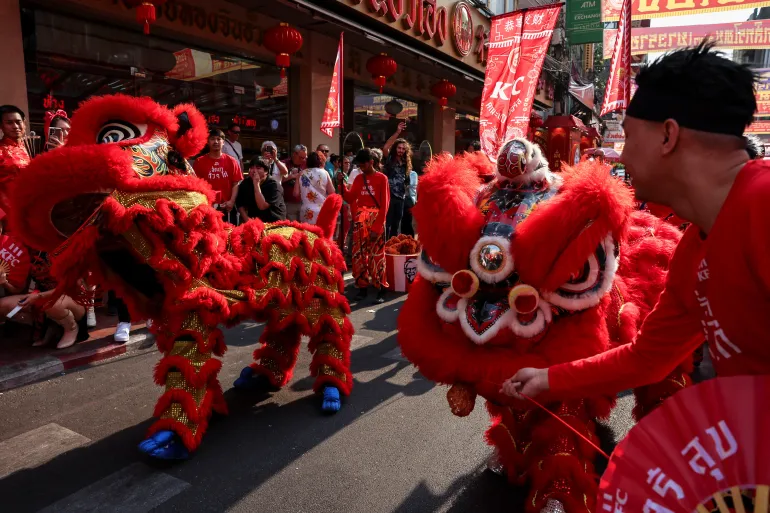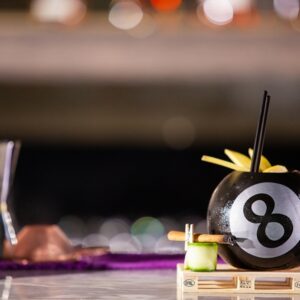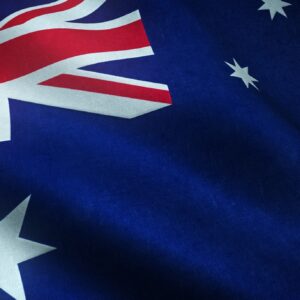Firecrackers lit up the skies, incense-filled temples, and dancers in vibrant costumes paraded across Asia and beyond on Wednesday as millions celebrated the Lunar New Year.
Top 10 Must-Read Books: A Guide to the Hottest Page-Turners
Known as the Spring Festival in China, Tet in Vietnam, and Seollal in Korea, the Lunar New Year is a cherished time for family, tradition, and the hope of good fortune. This year marks the Year of the Snake, one of 12 animals in the Chinese zodiac.
Festivities in Beijing
In Beijing, throngs of people gathered at a sunny but chilly temple fair. Visitors rang bells, tossed coins into gold-shaped containers for luck, and indulged in traditional snacks from food stalls.
“The past year was a very busy one for me,” said Beijing resident Jiang Hecang. “In the Year of the Snake, I wish my kid will grow healthily and my work can remain stable. Then I can be happy enough.”
Temple fairs, like the one at Ditan Park—once the Temple of Earth during the Ming and Qing dynasties—offered performances, snacks, and a glimpse into New Year traditions.
Celebrations Across Asia
In Malaysia, the crackling of firecrackers outside Guan Di Temple in Kuala Lumpur was followed by lively lion dances set to rhythmic drums and cymbals.
Ethnic Chinese worshippers burned incense sticks in elaborate gold-colored pots, praying for blessings and prosperity in the new year.
In Hong Kong, hundreds lined up on New Year’s Eve to perform late-night rituals at the Wong Tai Sin Taoist Temple.
“I wish my family will be blessed. I hope my business will run well and my country will be at peace,” said Ming So, who visits annually for the midnight ritual.

Global Celebrations
In Moscow, the Lunar New Year was celebrated with a vibrant 10-day festival featuring drummers, costumed dancers, and dragon and snake figures in colorful parades. Visitors enjoyed traditional Chinese food and folk performances as part of the growing cultural ties between China and Russia.
In Havana, Cuba’s small Chinese community blended Chinese traditions with local flavors, parading glowing lanterns and dragons through the streets of Chinatown. The celebrations reflect the island’s unique blend of Chinese heritage with Cuban customs, including rum, cigars, and cuisine.
Tradition Meets Modernity
While many Chinese families enjoy traditional New Year’s Eve dinners, the holiday has evolved with modern travel trends. Online booking agency Ctrip reported popular destinations like Japan, Thailand, the U.S., and Vietnam as top choices for Chinese travelers this year.
Though major cities like Beijing have outlawed firecrackers to reduce noise and pollution, temple fairs continue to offer glimpses of cherished traditions.
“Children like mine don’t have much idea what New Year was like in Beijing before, but here we can still see some elements of it,” said Beijing resident Wang Xinxin.






